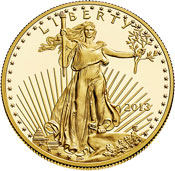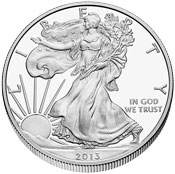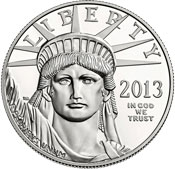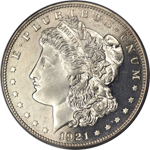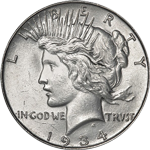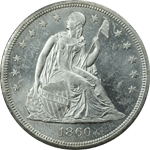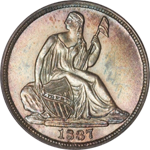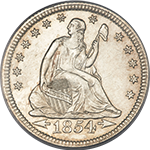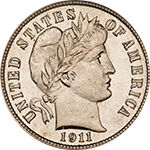History
American coins have a history as rich as the country itself. The United States Mint was created under the Coinage Act of 1792 and placed under the Department of State. The Mint started converting precious metals into commercial coinage at no charge, but it wasn’t until 1893 that the Mint became a part of the U.S. Treasury. American coins minted during the 18th, 19th and early 20th centuries feature some of the most beautiful designs and purest grades, like the world renowned Saint Gaudens Eagle. Some of these early American gold and silver coins are extremely rare and can pull quite a hefty price.
Investment Standards
Yet, you don’t have to own a rare 1836 Seated Liberty Half Dollar to be a serious coin collector or investor. The most important factor of investing American coins is ensuring the coin has a high grade, or purity. Not all coins are created equal, and not all coins are accepted into investment portfolios. A coin must meet certain standards of quality; for example, American silver coins and bars must have a 0.9999+ fineness to be accepted into a precious metals IRA, and American gold coins (with the exception of the American Eagle) must be pure 24 karat gold, like the prolific American Buffalo. Many common coins are lower grade metal and often mixed with other alloys, so it’s important to identify the quality of coin and investment stipulations before investing.
Ready To Invest
Not to fear, though, there are plenty of high-quality coins available; the U.S. Mint is still producing bullion gold and silver coins that are investment-quality. One of the best investment-quality gold coins is the American Gold Eagle, which is only 22 karat gold, but whose content and purity is backed by the U.S. government and acceptable for precious metal IRAs. Perusing the different variations of American coins, from classics to new bullion, can be both interesting and lucrative. Ask an SBC Gold coins representative for more information on American gold and silver coin investing, or see below for different American coin options and availability.


